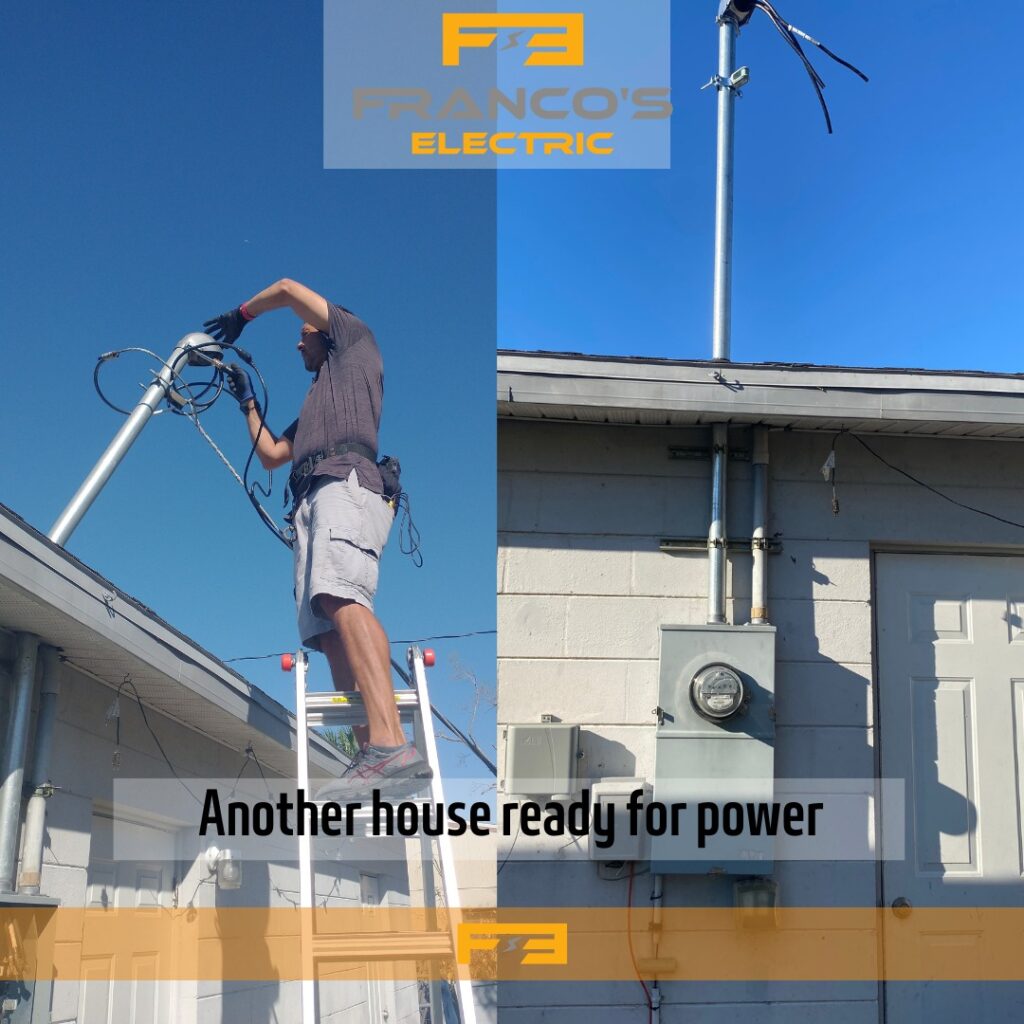Severe storms can strike without warning. Whether it’s hurricanes, thunderstorms, or high winds, preparing your electrical system for extreme weather is crucial to keeping your home and family safe.
Here’s how you can take control with power outage safety, surge protection, and other essential steps:
1. Know the Risks in Your Area
Start with research. Understand the types of severe weather common in your location—hurricanes, floods, tornadoes, or lightning storms. Then ask:
- Is your home vulnerable to flooding?
- Are there local shelters or evacuation routes?
- Do you have a weather alert system in place?
Understanding these factors helps you to take necessary severe weather electrical preparation.
2. Install a Backup Generator
Power outages are a major concern during storms. A backup generator ensures your essential appliances—like refrigerators, medical devices, and lights—keep working even if the grid fails. This isn’t just about convenience; it’s about power outage safety for your entire household.
3. Add Whole-House Surge Protection
Once the power returns, sudden voltage spikes can damage your electronics. Installing a whole-house surge protector safeguards your home from expensive repairs and protects your sensitive equipment.
4. Schedule a Professional Electrical Inspection
Before storm season, consider getting a professional electrical inspection. An expert can identify weaknesses in your system and ensure everything is properly grounded and up to code, minimizing risks during harsh weather.
5. Build a Storm Safety Plan
Don’t wait for a warning to create your plan. Talk with your family about:
- Where to shelter during different types of storms
- How to contact each other
- Assigning tasks (like checking the generator or emergency lights)
- Running occasional practice drills
Preparation builds confidence—and saves lives.
6. Prepare an Emergency Kit
Don’t forget the basics. Keep a stocked kit with:
- Non-perishable food & bottled water
- First aid items & medications
- Flashlights & batteries
- Maps, emergency contacts, and blankets
- A whistle, important documents, and a fire extinguisher
7. Post-Storm Electrical Safety
After the storm, get an electrical inspection to spot hidden damage. Avoid using any electronics or entering areas that are flooded or have loose wiring. If you’re unsure, call a professional.
Final Thoughts
Being proactive with severe weather preparation ensures your family’s safety and prevents costly damage. From installing backup generators and surge protection to getting a thorough electrical inspection, every step you take builds a safer and more resilient home.



